How to know the fastest speed of an electric motorcycle based on its motor power?
1. The basic principle of the relationship between motor power and speed
Before discussing how to infer the fastest speed of an Electric motorcycle based on its motor power, we need to understand some basic background knowledge about electric motorcycles. As a new type of transportation, Electric motorcycles have gradually emerged in urban transportation in recent years. It is favored by many people for its environmental protection and convenience. And motor power is a very critical performance indicator of electric Motorcycles.
Motor power, in simple terms, is the work done by the motor per unit time. The formula for calculating power is \(P = F\times v\) (where \(P\) is power, \(F\) is force, and \(v\) is speed). For electric Motorcycles, the force generated by the motor is used to overcome various resistances, including air resistance, friction, etc., to propel the vehicle forward. When an electric motorcycle reaches its fastest speed, it can be approximately considered that the force generated by the motor is balanced with the resistance of the vehicle.
In theory, if we know the motor power and can determine the resistance of the vehicle at the highest speed, we can calculate the fastest speed. However, in reality, the resistance a vehicle encounters is very complex. Air resistance is proportional to the shape of the vehicle and the square of the speed, that is, the faster the speed, the greater the air resistance. Friction is related to factors such as the weight of the vehicle and the friction coefficient between the tire and the ground.
For example, an electric motorcycle is traveling on a flat road, and its motor power is \(1500W\). Assume that the total weight of the vehicle and the driver is \(150kg\), and the friction coefficient between the tire and the ground is \(0.02\). At lower speeds, air resistance is relatively small and can be ignored. At this time, the motor mainly overcomes friction. According to the friction formula \(F = \mu\times N\) (where \(\mu\) is the friction coefficient and \(N\) is the pressure, where the pressure is equal to the total weight of the vehicle and the driver \(mg\)), the friction force \(F = 0.02\times150\times9.8 = 29.4N\) can be calculated. If all the motor power is used to overcome friction, according to \(P = F\times v\), the speed \(v = P/F = 1500/29.4\approx51m/s\) can be calculated. But this is only a very ideal situation, because as the speed increases, the air resistance will increase rapidly, and the actual maximum speed will be much lower than this value.
2. Other factors affecting the maximum speed of electric motorcycles
In addition to motor power and basic resistance factors, there are many other factors that affect the maximum speed of electric motorcycles. One of the important factors is battery performance. The battery is the power source of the electric motorcycle, and its parameters such as voltage and capacity have a direct impact on the performance of the vehicle.
Generally speaking, higher voltage batteries can provide higher power output for the motor. For example, a \(72V\) battery system may allow the motor to output higher power than a \(48V\) battery system under the same motor conditions. This is because according to \(P = UI\) (where \(U\) is voltage and \(I\) is current), when the internal resistance of the motor is constant, the higher the voltage, the greater the current, and thus the greater the power. However, the capacity of the battery is also critical. If the battery capacity is too small, when the vehicle is driving at high speed, it may not be able to continuously provide enough power due to the rapid discharge speed, resulting in a decrease in motor power, which in turn affects the vehicle's maximum speed.
The controller of the electric motorcycle is also a factor that cannot be ignored. The function of the controller is to control the speed and torque of the motor. It is like a "brain" that directs the work of the motor. An excellent controller can reasonably allocate the power of the motor according to different road conditions and driving needs, so that the motor can work efficiently within the maximum power range. If the performance of the controller is poor, the motor power may not be fully utilized, and even if the motor itself has a large power, it cannot reach a higher maximum speed.
The overall design and transmission system of the vehicle will also affect the maximum speed. From a design perspective, whether the appearance design of the electric motorcycle conforms to the principles of aerodynamics will directly affect the size of the air resistance. For example, when some streamlined electric motorcycles are running at high speed, air can flow through the body more smoothly, thereby reducing air resistance and helping to increase the maximum speed. The efficiency of the transmission system determines the efficiency of the motor power transmission to the wheels. If there is a large energy loss in the transmission system, such as large friction in the chain transmission or low meshing efficiency of the gear transmission, the motor power will be consumed during the transmission process, which will eventually affect the vehicle's maximum speed.
Consider different driving habits and road conditions. If the driver frequently accelerates and decelerates, it will increase energy consumption and is not conducive to the vehicle reaching the fastest speed. In terms of road conditions, climbing a slope, driving against the wind, etc. will increase the resistance of the vehicle and reduce the maximum speed. For example, when climbing a slope, the vehicle must not only overcome friction and air resistance, but also overcome the component of gravity along the slope, which requires the motor to output more power. If the motor power is limited, the vehicle's speed will drop significantly.
3. Practical methods and opinions on estimating the fastest speed based on motor power
In practice, it is relatively complicated to estimate the fastest speed of an electric motorcycle based on motor power, but we can use some approximate methods. First, we can look up the vehicle's manual or technical parameter table. Many manufacturers will give the approximate relationship between the speed and power of the vehicle under ideal conditions (such as flat roads, no wind, etc.). If we don't have this information, we can make an estimate based on some empirical formulas.
A commonly used empirical formula is: \(v = k\times\sqrt{P}\) (where \(v\) is the fastest speed, \(P\) is the motor power, and \(k\) is an empirical coefficient, which is related to factors such as the type of vehicle and overall performance). For ordinary electric motorcycles, the value of \(k\) may be between \(0.2 - 0.3\). For example, for an electric motorcycle with a motor power of \(2000W\), according to this formula, when \(k\) takes \(0.25\), the fastest speed \(v = 0.25\times\sqrt{2000}\approx11.2m/s\), which is about \(40.3km/h\) in kilometers per hour.
However, this estimation method has certain limitations. It does not take into account the various complex factors mentioned above, such as battery performance, controller performance, vehicle design, etc. Moreover, there are great differences in these aspects between different brands and models of electric motorcycles, so the estimated results may deviate greatly from the actual maximum speed.
From my point of view, although it is difficult to determine the maximum speed of an electric motorcycle based on motor power, this also reflects the complexity of the performance of electric motorcycles. As a means of transportation with multiple components working together, electric motorcycles have mutual influence and restriction between each component. Motor power is only one important aspect, but it is by no means the only determining factor. When buying an electric motorcycle, consumers should not only focus on the motor power, but also consider multiple factors such as battery, controller, and vehicle design. For manufacturers, they should strive to improve the performance of the entire vehicle system and optimize the coordination between various components, so as to produce truly high-performance electric motorcycles. At the same time, with the continuous development of technology, it is hoped that there will be a more accurate method to evaluate the speed performance of electric motorcycles, which is of great significance to the development of the electric motorcycle industry and the choice of consumers.
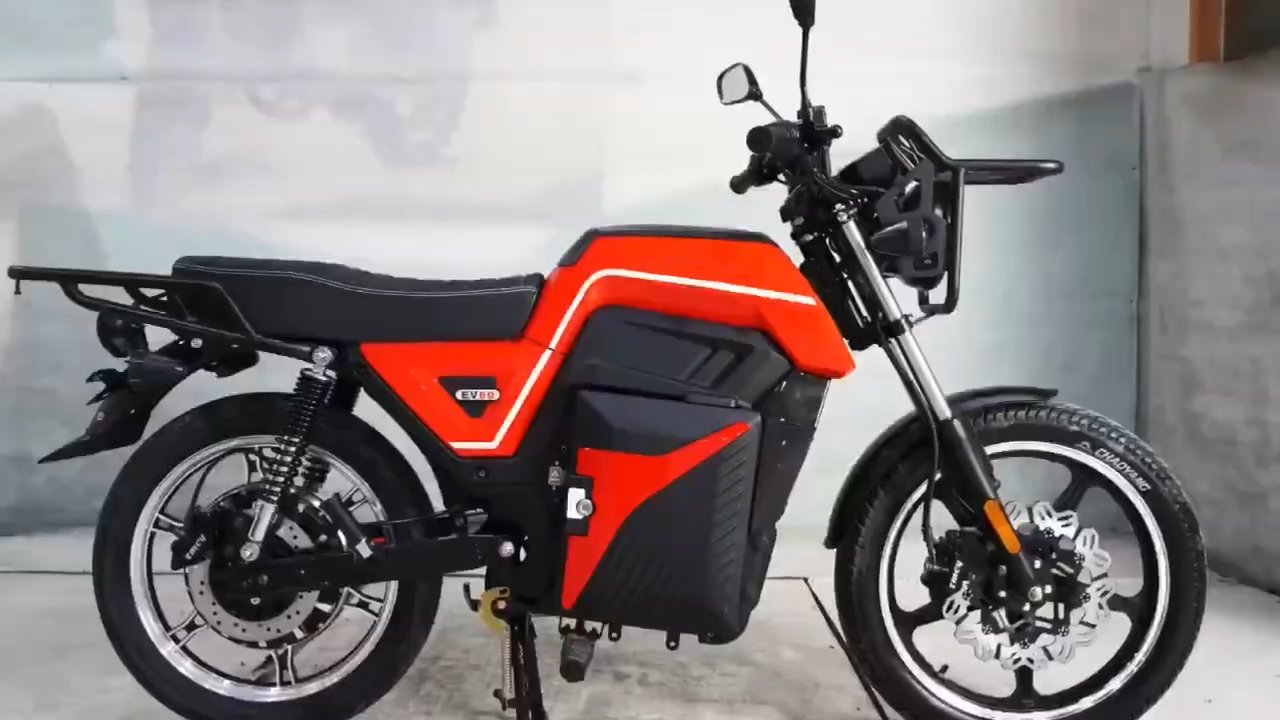



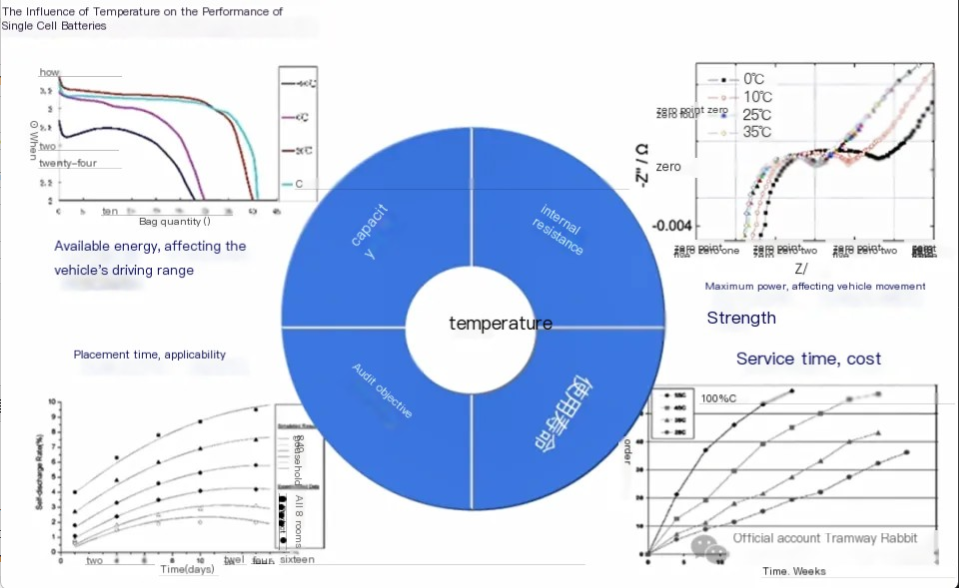
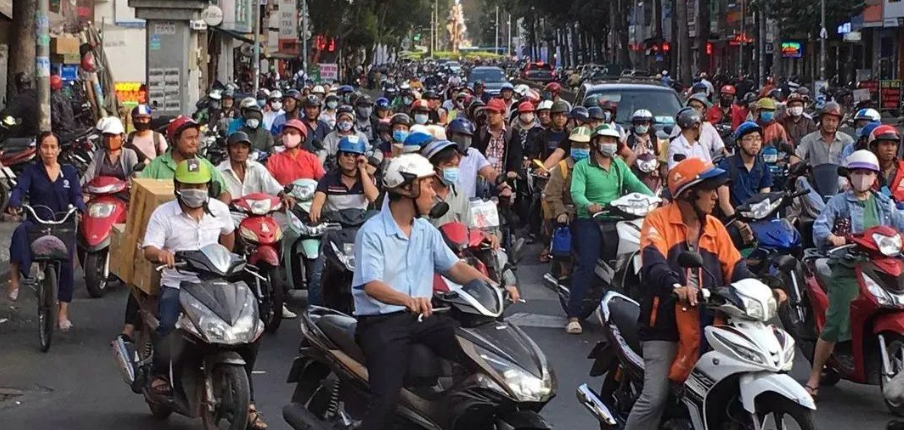
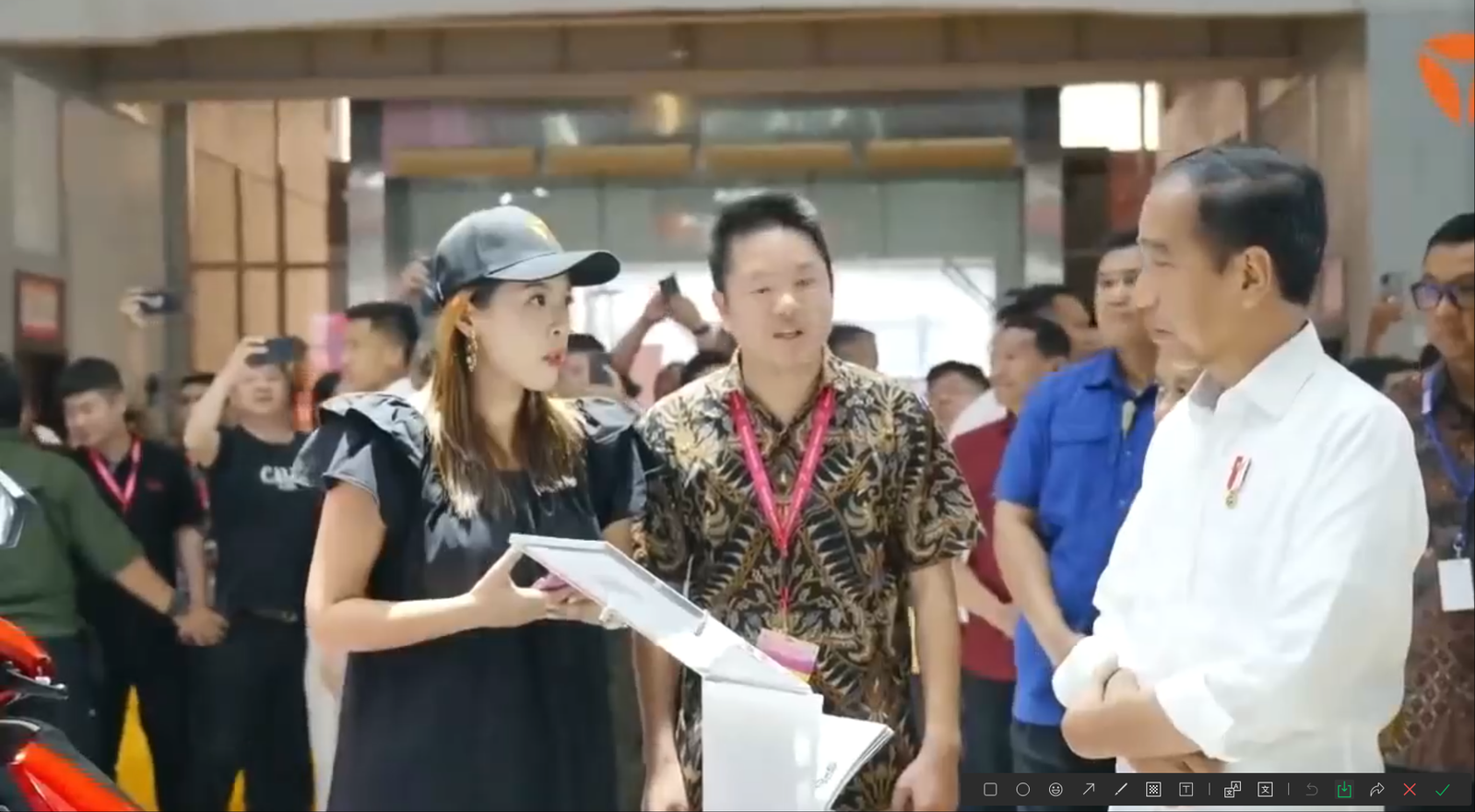
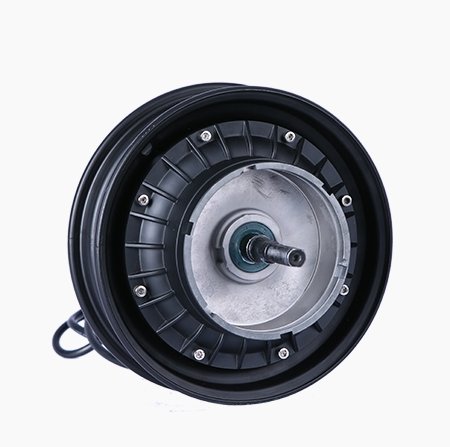
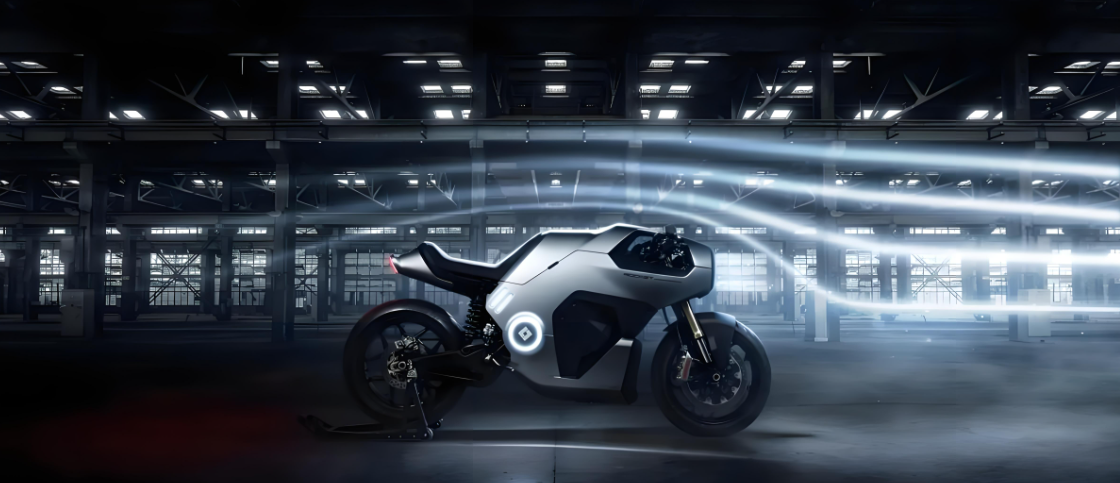

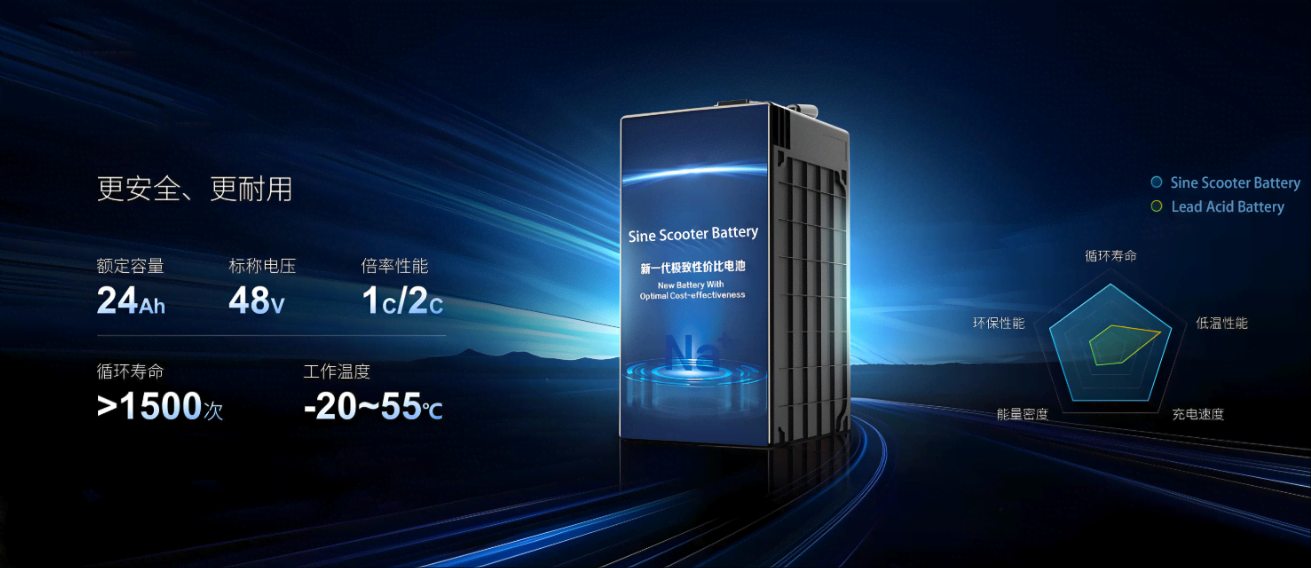


Add comment
Add comment: